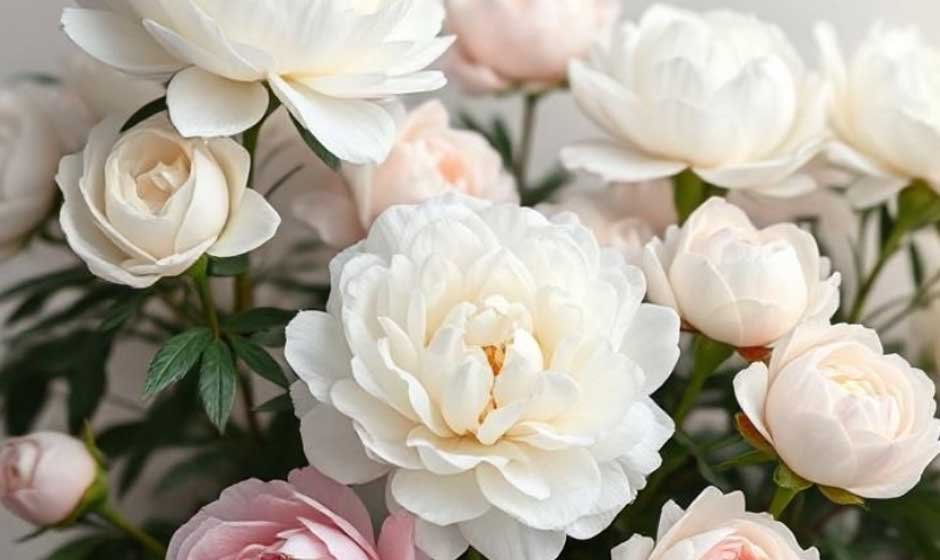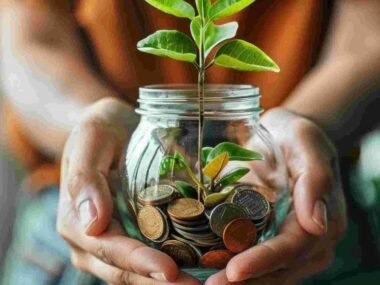Flowers have fascinated humans for centuries, not only because of their natural beauty but also due to their deep psychological impact. Their colors, shapes, and scents can profoundly influence our emotions and creativity. Whether you’re decorating a workspace, creating art, or simply seeking inspiration, choosing the right flowers is key. Thanks to excellent flower delivery in Dubai, it’s easier than ever to bring these natural muses into your creative environment.
The symbolism of colors in flowers plays a crucial role in their psychological effect. For instance, red flowers are often associated with passion and energy. This vibrant color can stimulate the mind and ignite a sense of urgency or excitement, which might be perfect for projects requiring bold, decisive action. Conversely, blue flowers evoke calmness and serenity. Incorporating blue tones into your surroundings can foster deep concentration and clear thinking, ideal for complex or detailed creative work.
Yellow flowers symbolize optimism, happiness, and intellectual energy. Their bright hue can uplift the spirit and enhance mental agility, sparking fresh ideas and enthusiasm. If you find yourself facing creative blocks, surrounding yourself with yellow blooms might help shift your mindset toward positivity and openness. Meanwhile, purple flowers are linked to imagination and spirituality. Their mystical aura often inspires introspection and originality, encouraging creators to explore unconventional paths.
Beyond color, the scent of flowers also affects our cognitive and emotional states. Lavender, for example, is widely recognized for its soothing aroma that reduces stress and promotes relaxation. When creativity is hindered by anxiety or restlessness, lavender can calm the mind and open it to new possibilities. Jasmine, on the other hand, is invigorating and uplifting, often enhancing mood and alertness. Choosing fragrant flowers that align with your desired emotional state can therefore be a powerful tool in your creative arsenal.
In addition to color and scent, the form and texture of flowers contribute to their inspirational value. Delicate petals can evoke feelings of tenderness and subtlety, while bold, structured blooms might stimulate confidence and assertiveness. Mixing different flower types can create a dynamic environment that nurtures multiple facets of creativity—from gentle reflection to energetic brainstorming.
In conclusion, understanding the psychology of flowers enables you to select blooms that resonate with your creative goals and emotional needs. By carefully curating the colors, scents, and forms of flowers around you, you craft a personal sanctuary of inspiration. Whether you’re an artist, writer, designer, or simply someone who cherishes creativity, integrating thoughtfully chosen flowers can transform your space and mindset.










